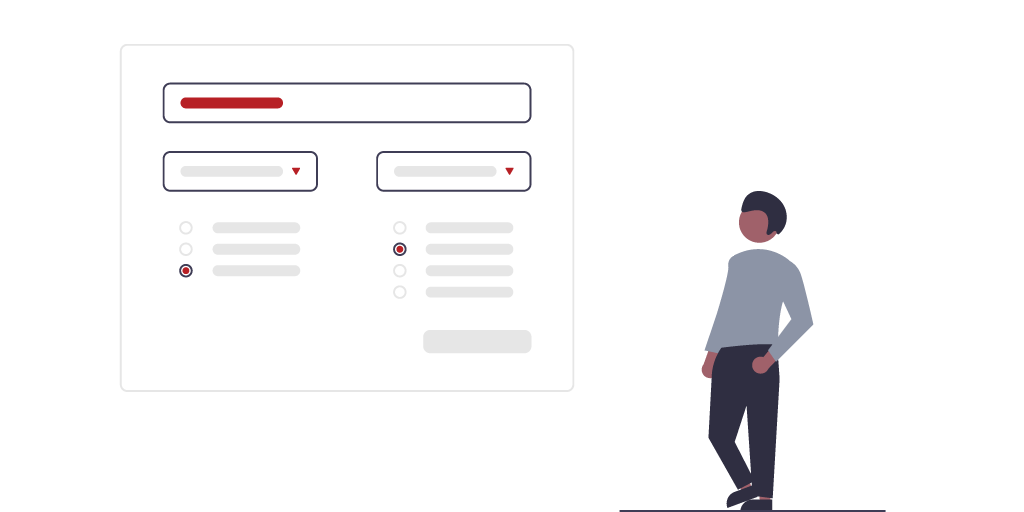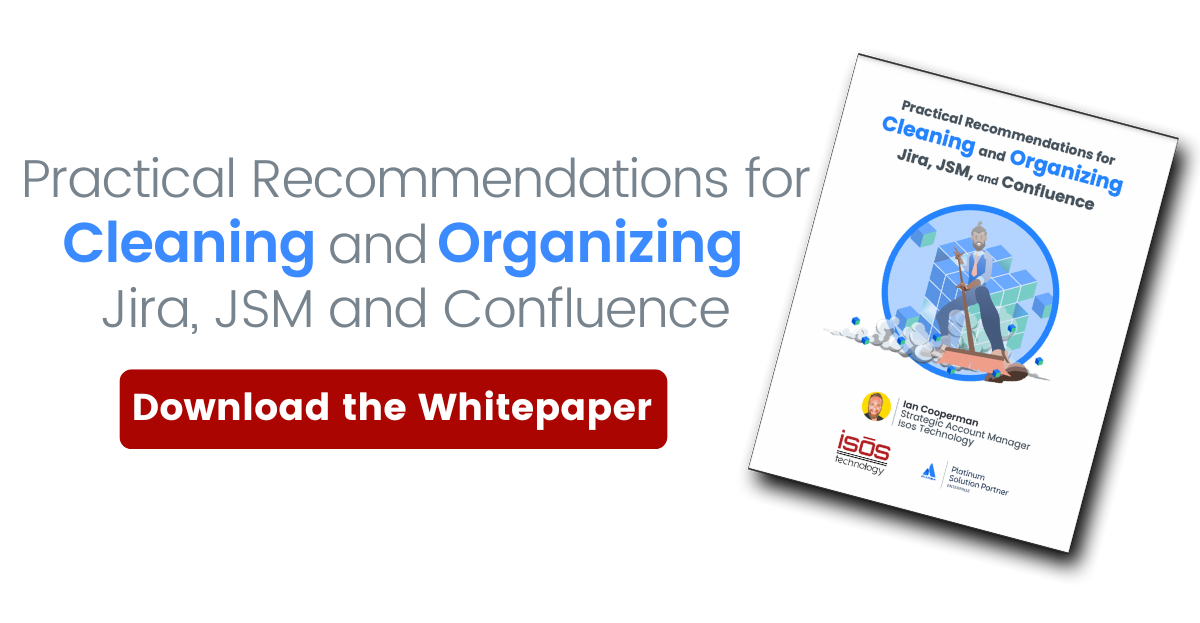 Once you’ve nailed down the project management tools, like Jira Software and Atlassian Marketplace apps, that will work for you and your team members, it’s time to create an effective workflow. There may be no perfect system, but the tools can help guide processes as you figure out what works best for your team.
Once you’ve nailed down the project management tools, like Jira Software and Atlassian Marketplace apps, that will work for you and your team members, it’s time to create an effective workflow. There may be no perfect system, but the tools can help guide processes as you figure out what works best for your team.
Before diving into projects in Jira, the first step in the Jira workflow when navigating your Atlassian journey is to establish a governance board, or a community of practice. Here are a few important things to note:
- The Jira governance board should be composed of a group of people who reflect the makeup of the entire user base, so that all voices are heard.
- It’s the role of the governance board to take in requests for changes to the system and processes, weigh the potential benefits of them versus their impact on the system, and determine if it makes sense to implement them.
- The goal of the governance board isn’t to prevent changes in Jira, it’s to support change and evolution of the tools so that they continue to support strategic business objectives, user efficiency, and the overall health of the system.
- This is no small or easy task—Jira issues such as requests for changes will come up often, particularly around projects, statuses, custom fields, and apps—so in this blog post, we have rounded up a few best practices for Jira governance.
Each step in the workflow is important and none should be overlooked, or set up hastily. To help you get started, here are some tips and tricks for Jira best practices.
Jira Best Practice: Project Governance
A best practice for Jira software is to define and standardize your goals and users for shared, company-level projects that roll up to strategic, corporate-level business initiatives. They should share common schemes and use consistent nomenclature for statuses. These commonalities ensure visibility into progress and roadblocks that may need to be addressed, especially if there are dependencies, and make reporting much more efficient. By streamlining everything from issue types to Jira users, you can take greater advantage of everything Jira has to offer.
Many organizations find, however, that it makes sense to deviate from this structure for projects that, for whatever reason, are not shared, company-level projects. We’ve seen use cases around R&D, as well as projects that are designed to allow for experimentation with the tools and processes. It can be quite valuable to identify specific opportunities to test new processes so that users can continue to evolve the way they use the tools.
Jira Best Practice: Status Governance
Too many different statuses create confusion for users and make it challenging, if not impossible, to get a high-level understanding of the status of work in progress. Often, the culprits here are that teams are using different words for the same status, or the same word for two different statuses.
A best practice is to establish consistent nomenclature for statuses to be used across all projects. You can also use smart checklists to plan feature implementation, work item by item, and build motivation and accountability through visible progress.
Jira Best Practice: Custom Fields and Jira Issues
Too many custom fields can create confusion for one user, let alone the whole team, and negatively impact the performance of a Jira issue. Without proper governance in place to vet new custom fields, companies often find themselves with duplicate fields, obsolete fields that are no longer used, and fields for edge use cases that seldom get used.
Another Jira best practice is to establish nomenclature for common field types across the company, and ensure that the following list of practices is in place before adding new custom fields:
- Utilize Jira task management options to help with any backlog items
- Automate tasks and issue schedules of when certain conditions or due dates are met
- Avoid complicated workflows and time-wasting task features.
- Add the team as stakeholders in creating workflows that best work for them
- Keep issue details accurate and use labels to help with time sensitivity and organization.
- Managers can create a product roadmap to ensure success along the way before the project is complete
Jira Best Practice: Make Apps People-Friendly
Too many apps can negatively impact system performance, especially if there is a lot of data associated with complex projects. Duplicate apps, different apps that serve similar purposes, or apps that are underutilized, are also an unnecessary expense. When requests for new apps are made, the governance board and/or the admin team should thoughtfully consider the underlying problem the app addresses.
Is there another way to solve the problem that will have less of an impact on the system? A best practice is to limit apps to those that serve the broader user base and create significant efficiency. For edge use cases, it may be better to find a workaround.
Final Take: Best Practices for Each Management Process
Once you and your team get in the swing of things, your projects will feel like they are running themselves. Make sure you check in and sync with your team on what workflows are working best for them. When everyone is on board with the best practices for both Jira and your business, you can then use those successful projects as templates.
Sign up to receive more great content
Learn more about Atlassian and how Isos can help by signing up to receive our latest blogs, eBooks, whitepapers and more.














